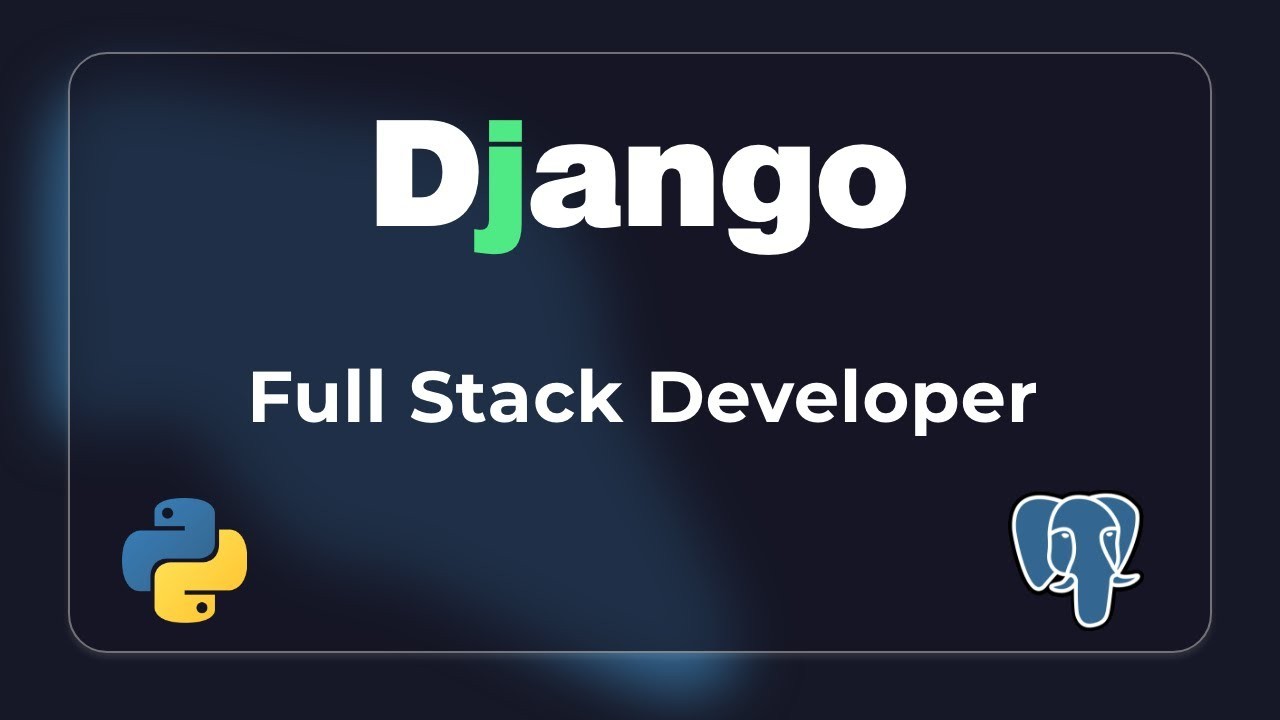Insightful Bytes
Your daily dose of informative news and inspiring insights.
Django: The Secret Weapon for Your Next Web Adventure
Unlock the power of Django for your web projects! Discover why it's the secret weapon for creating stunning, efficient applications.
Top 5 Reasons Why Django is the Ultimate Framework for Web Development
Django has rapidly gained popularity among developers, and for good reason. One of the most compelling reasons is its robust security features. With built-in protections against common vulnerabilities like SQL injection, cross-site scripting, and cross-site request forgery, Django shields developers from many potential security pitfalls. This emphasis on security allows developers to focus more on building their applications rather than worrying about security flaws.
Another reason Django stands out is its scalability. From small projects to large-scale applications, Django can handle growth effortlessly. Its modular structure means that developers can add components as needed without disrupting the overall performance. Additionally, the framework supports rapid development through its reusable components, enabling developers to launch projects in record time without sacrificing quality.

How to Get Started with Django: A Step-by-Step Guide for Beginners
Getting started with Django can be an exciting journey for beginners venturing into web development. First, ensure that you have Python installed on your machine, as Django is a Python-based framework. Begin by installing Django via pip; you can do this by running the command pip install django in your terminal. Once installed, verify the installation by checking the version with python -m django --version. With the setup complete, the next step is to create your first project. Use the command django-admin startproject projectname, replacing 'projectname' with your desired project title.
After you've created your Django project, it's time to dive into building your first app. Use the command python manage.py startapp appname to create an application within your project. Remember, a Django project can contain multiple apps, helping to keep your code organized. Begin by defining your app's models in models.py. Once your models are set, run python manage.py makemigrations followed by python manage.py migrate to apply your database changes. Finally, launch the development server with python manage.py runserver and start developing your Django app!
Django vs. Other Frameworks: Which One Should You Choose for Your Next Project?
When comparing Django with other web frameworks, it’s essential to evaluate various factors such as ease of use, scalability, and community support. Django stands out due to its batteries-included philosophy, providing developers with a wealth of built-in features such as an admin panel, ORM, and authentication systems. Many frameworks like Ruby on Rails and Flask offer similar capabilities, but they might require additional plugins or libraries, potentially complicating the development process. Thus, if you seek a comprehensive solution that allows for rapid development, Django may be the best choice for your next project.
Furthermore, it’s crucial to consider your team's familiarity with the framework. Django is written in Python, making it an attractive option for those already skilled in the language. In contrast, other frameworks such as Express.js (Node.js) or Laravel (PHP) may appeal to teams with expertise in JavaScript or PHP. Ultimately, your choice should hinge on the specific requirements of your project, balanced with the strength of your team's skill set. Comparing the performance, community support, and feature sets of Django and other frameworks will guide you in making the right decision.